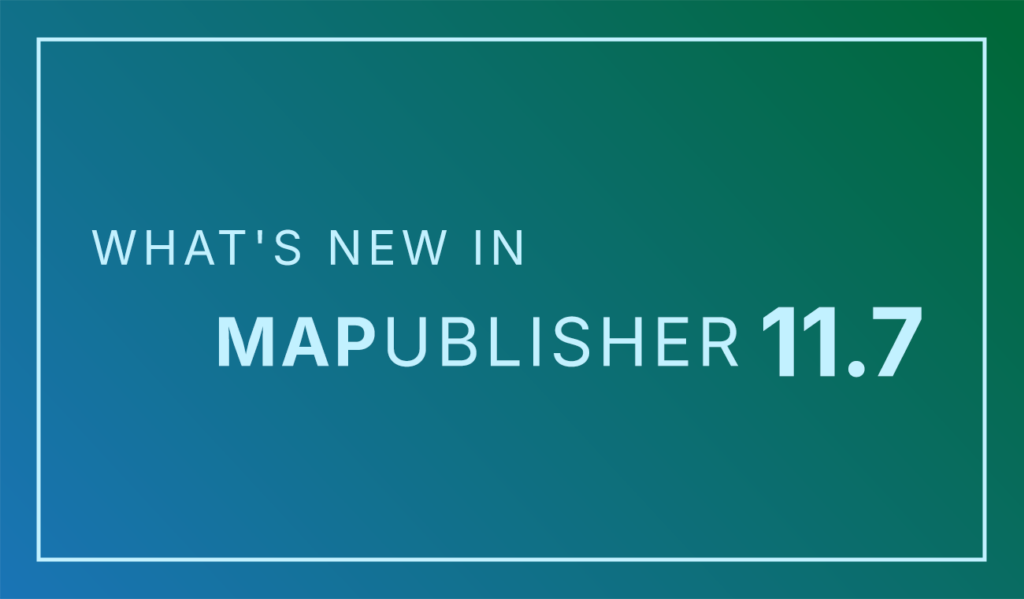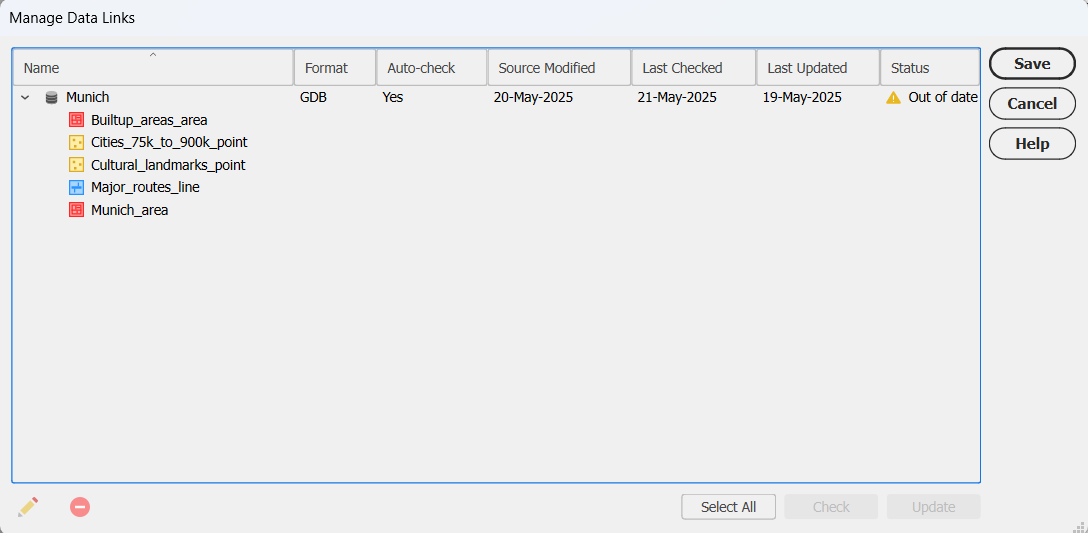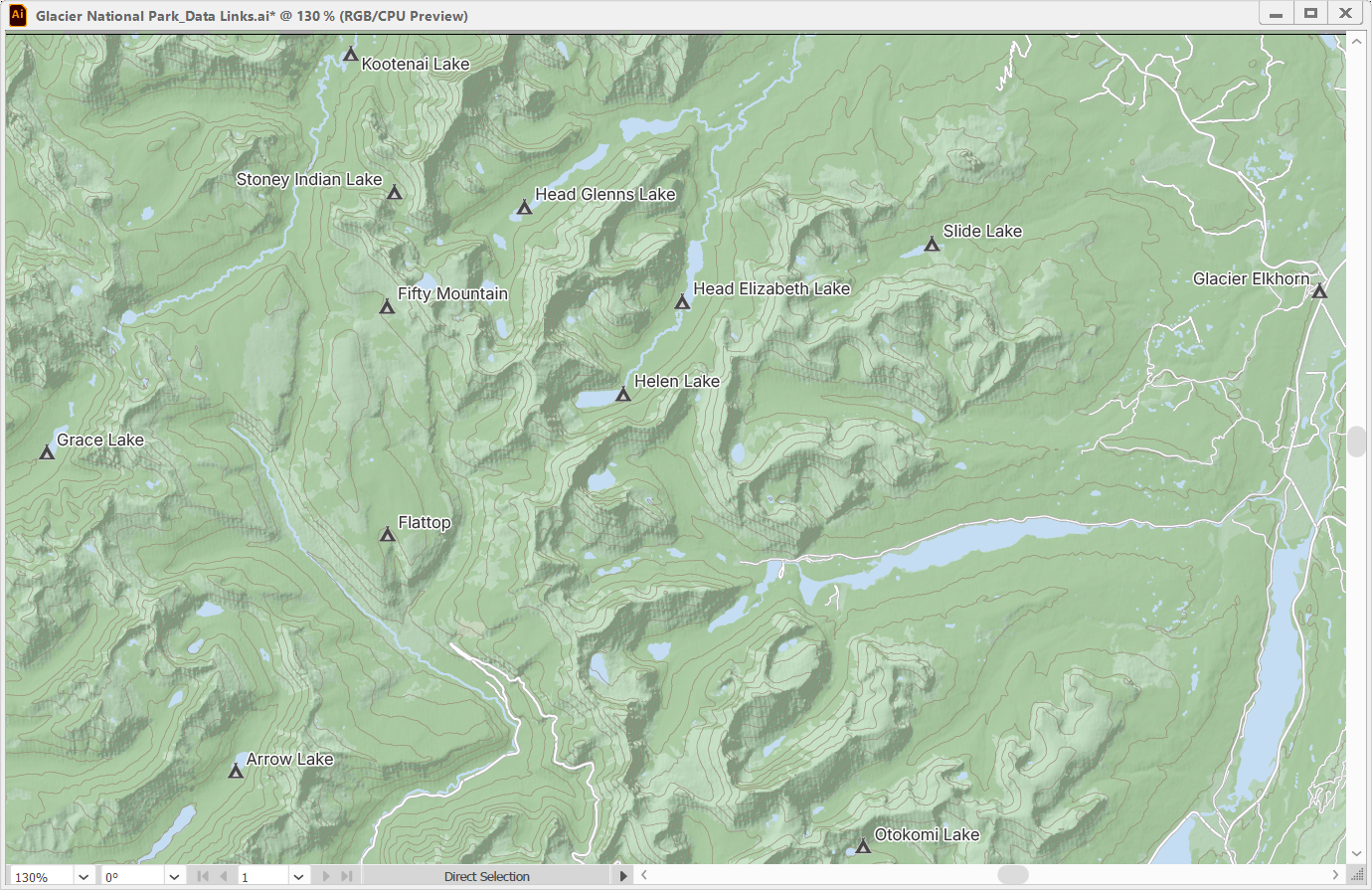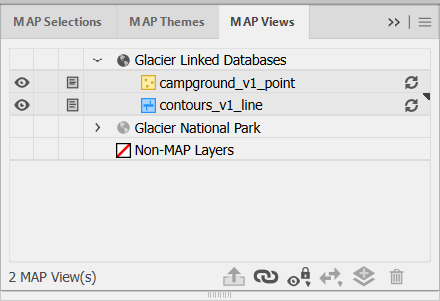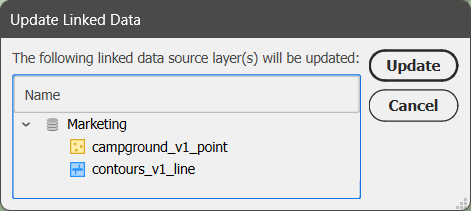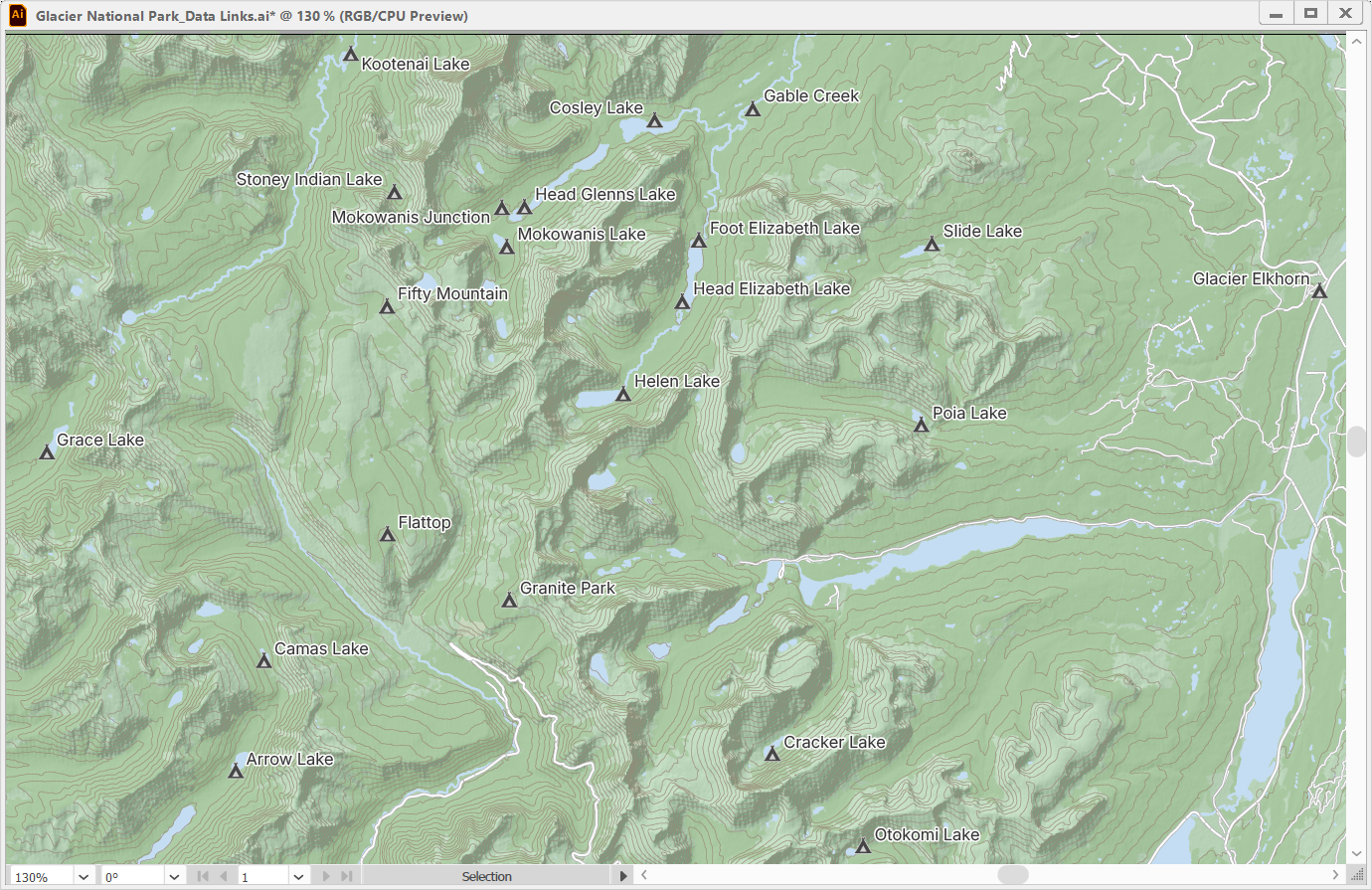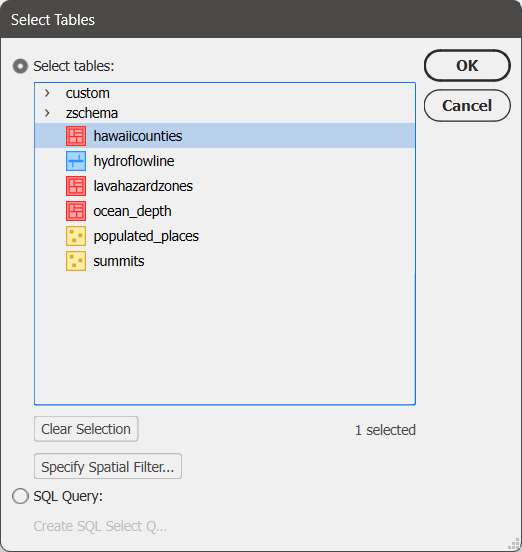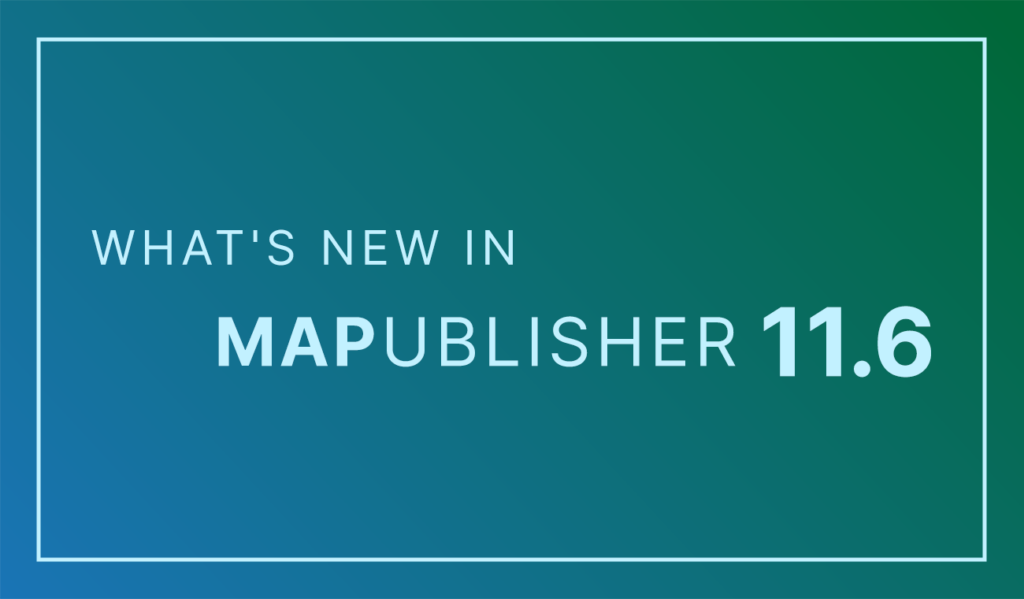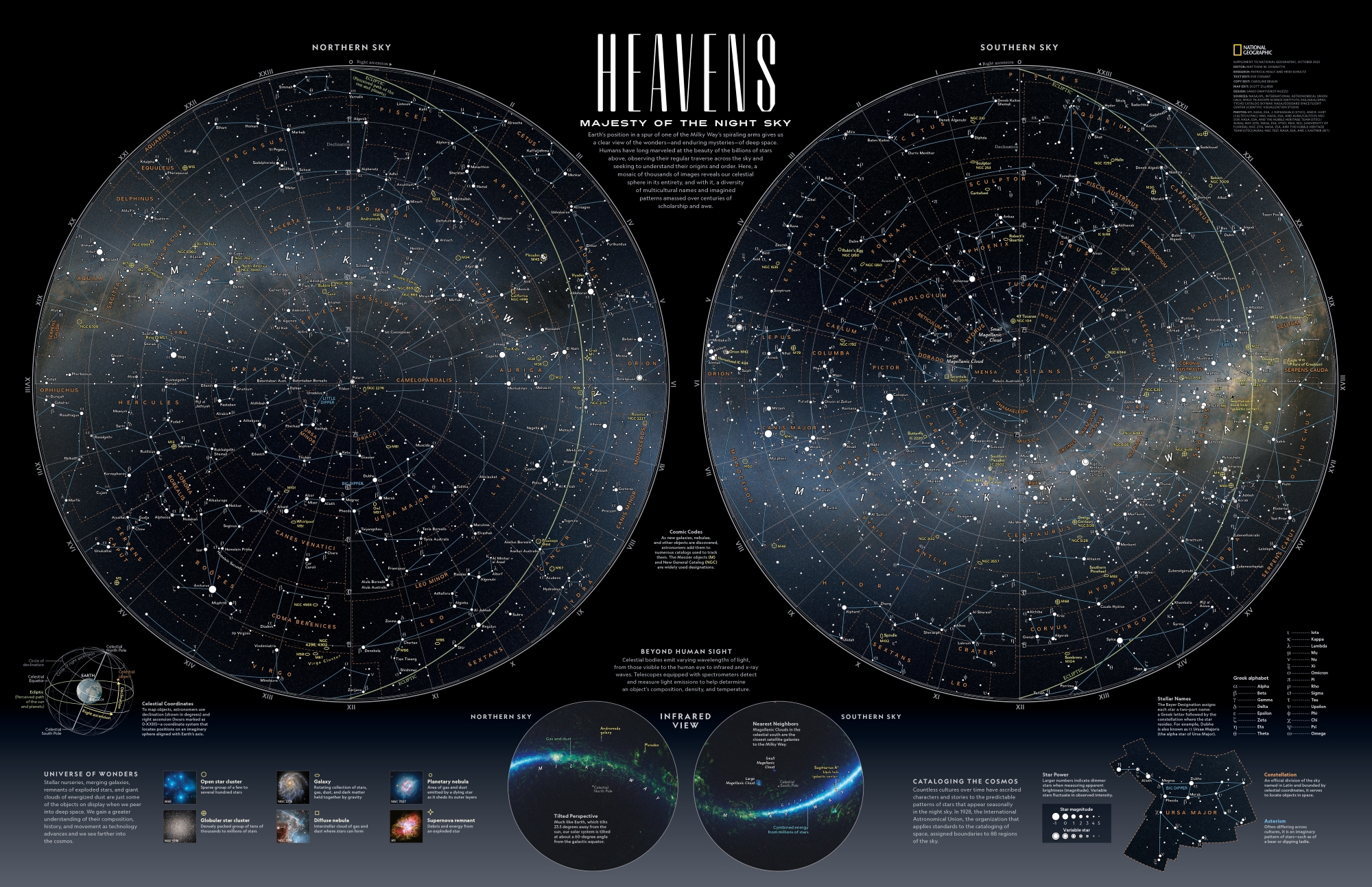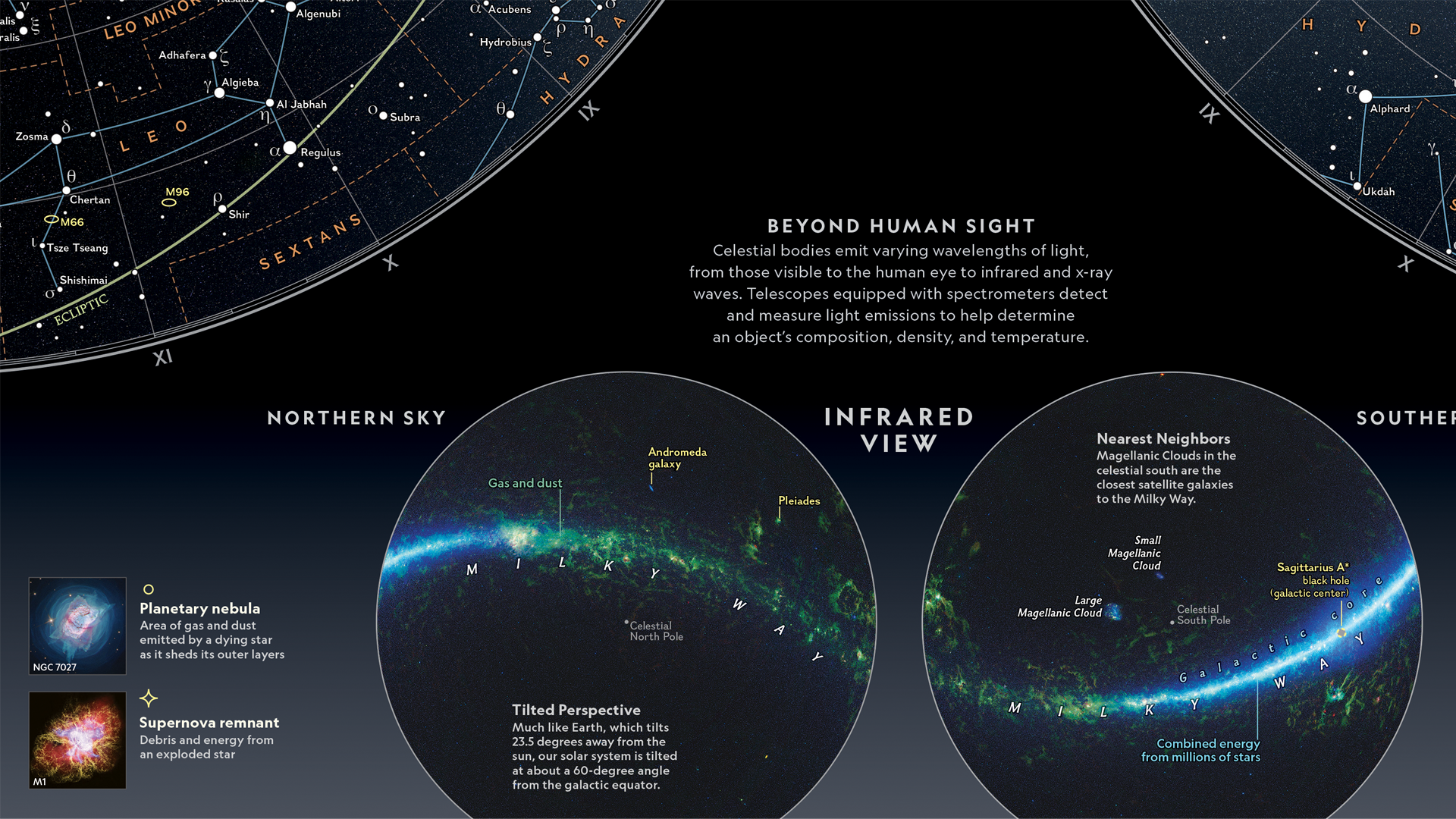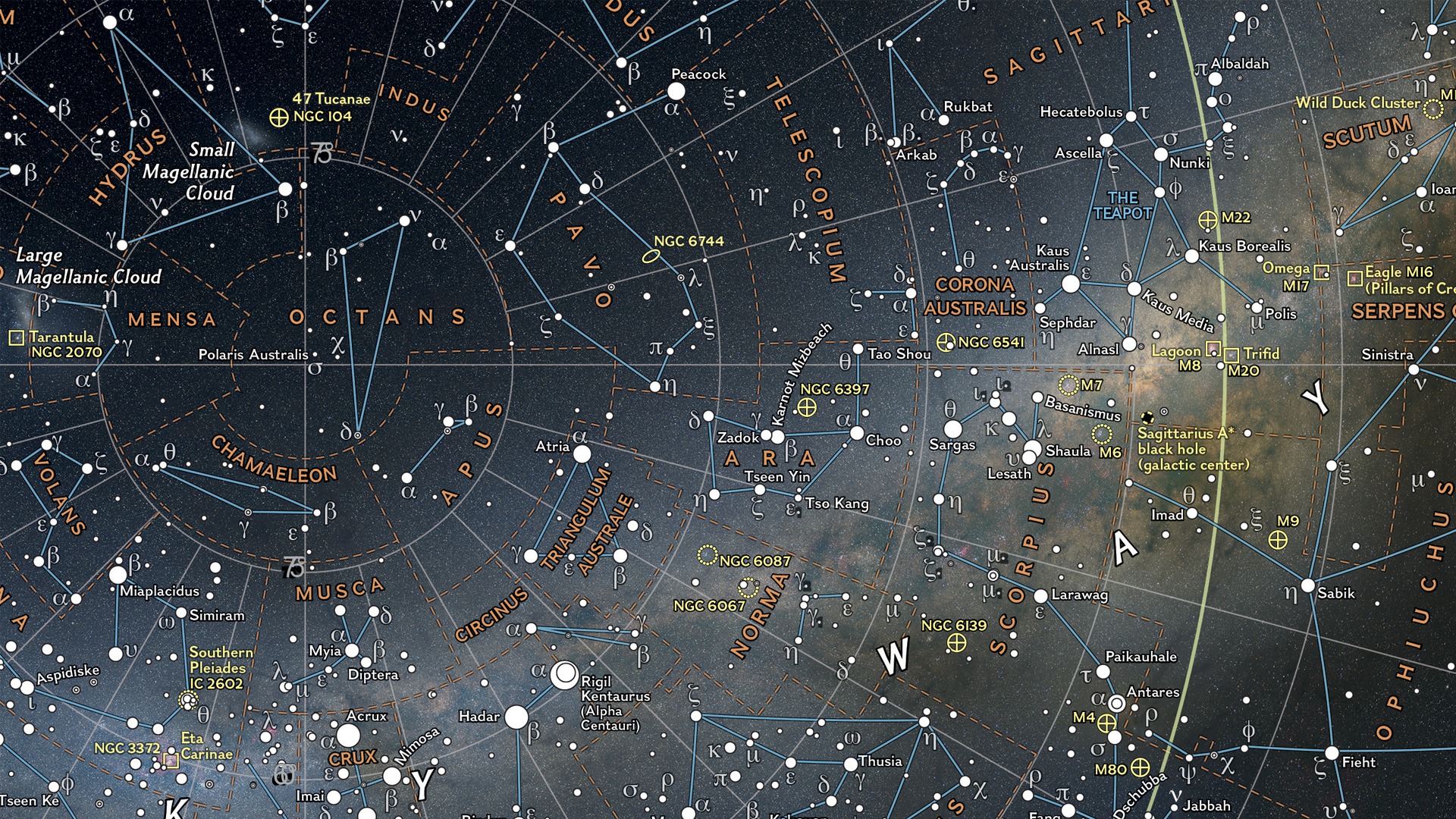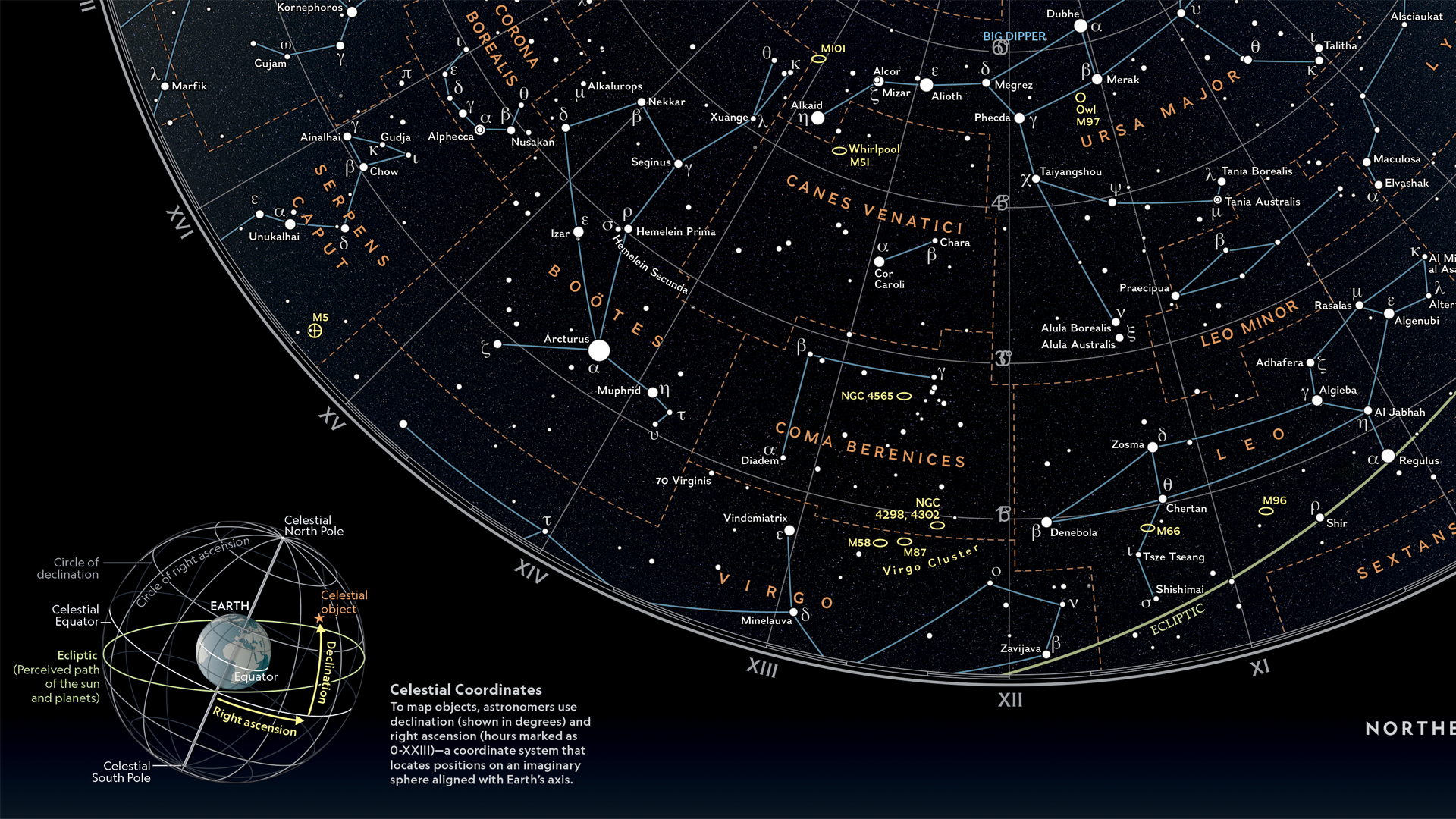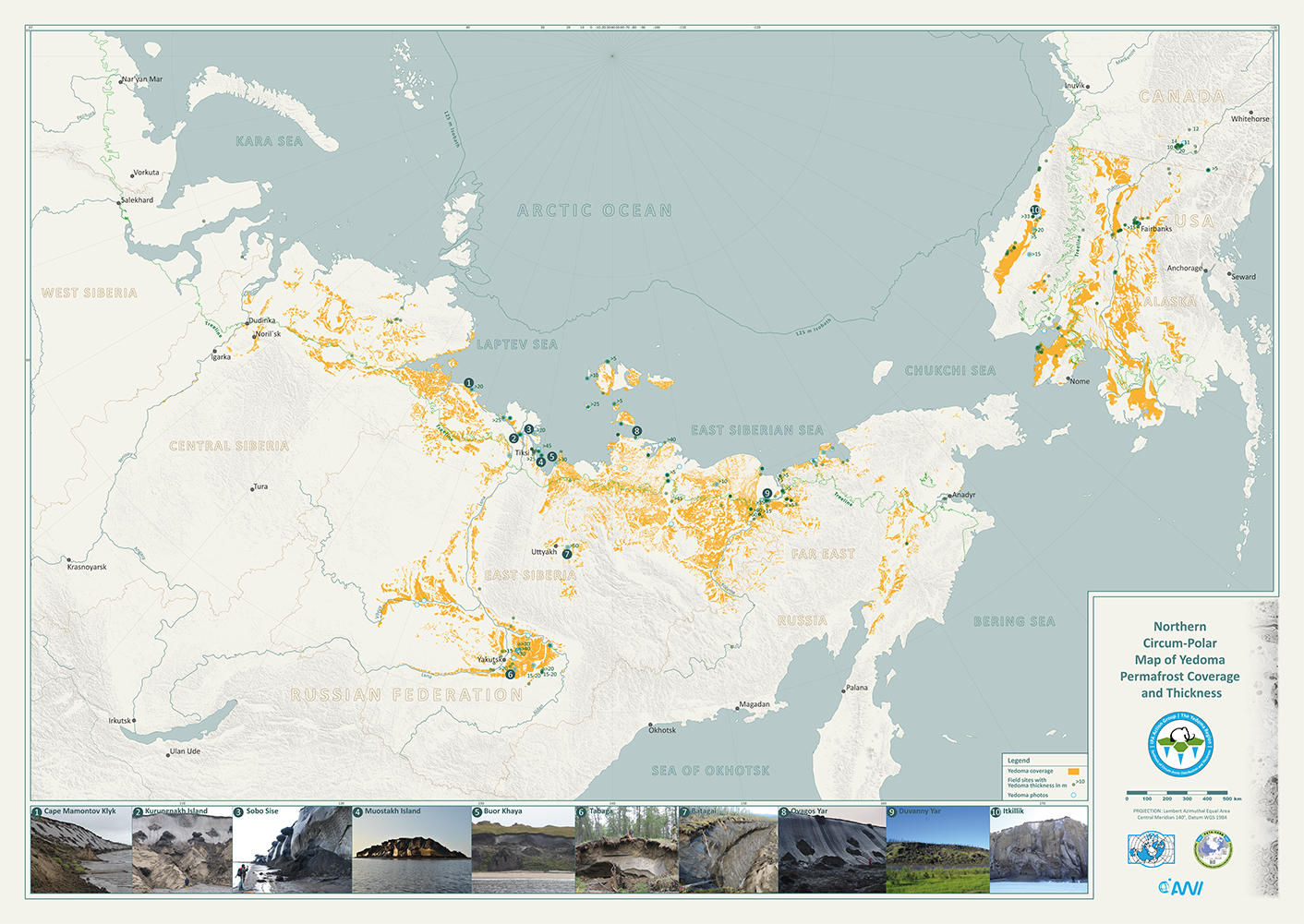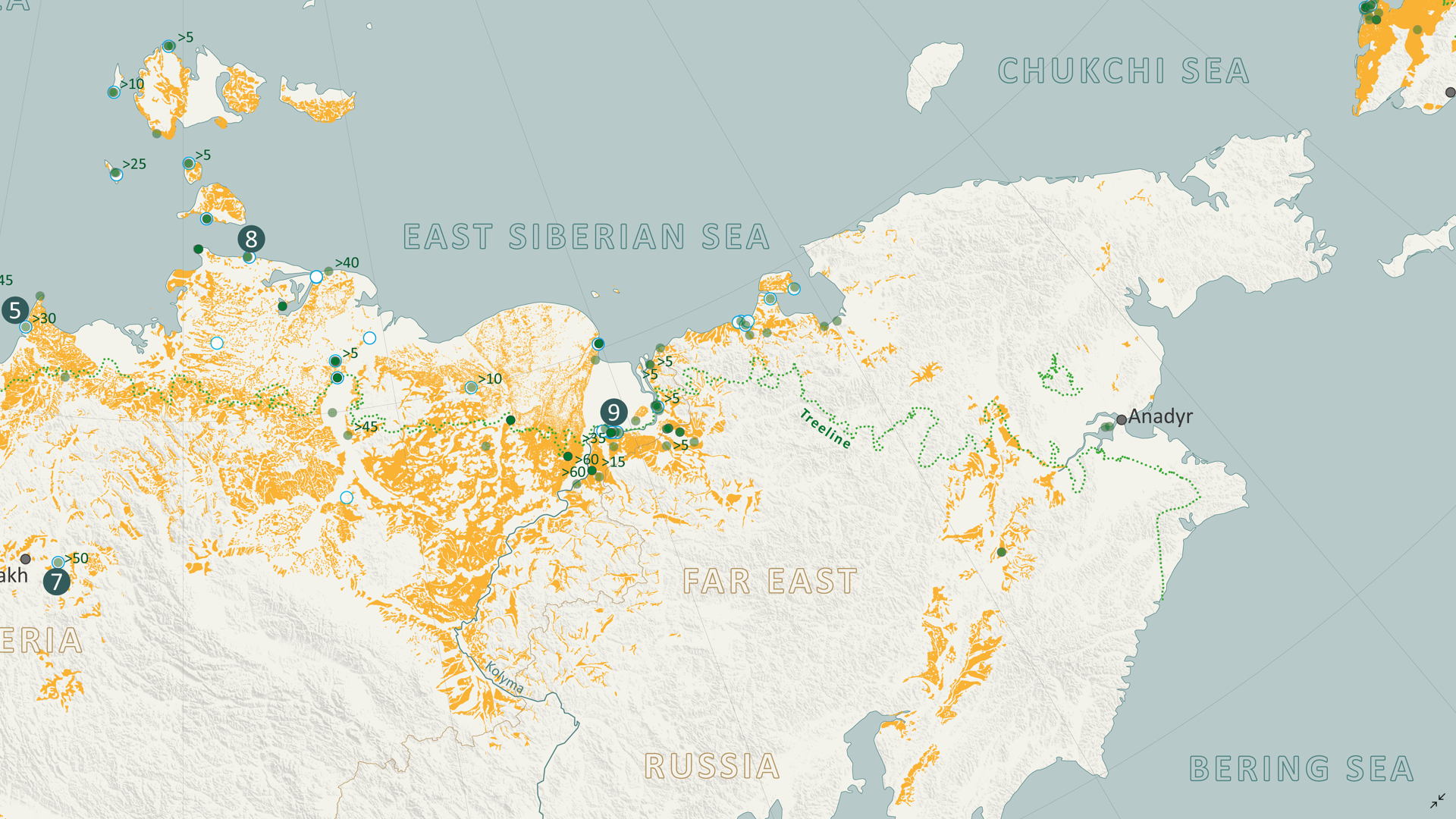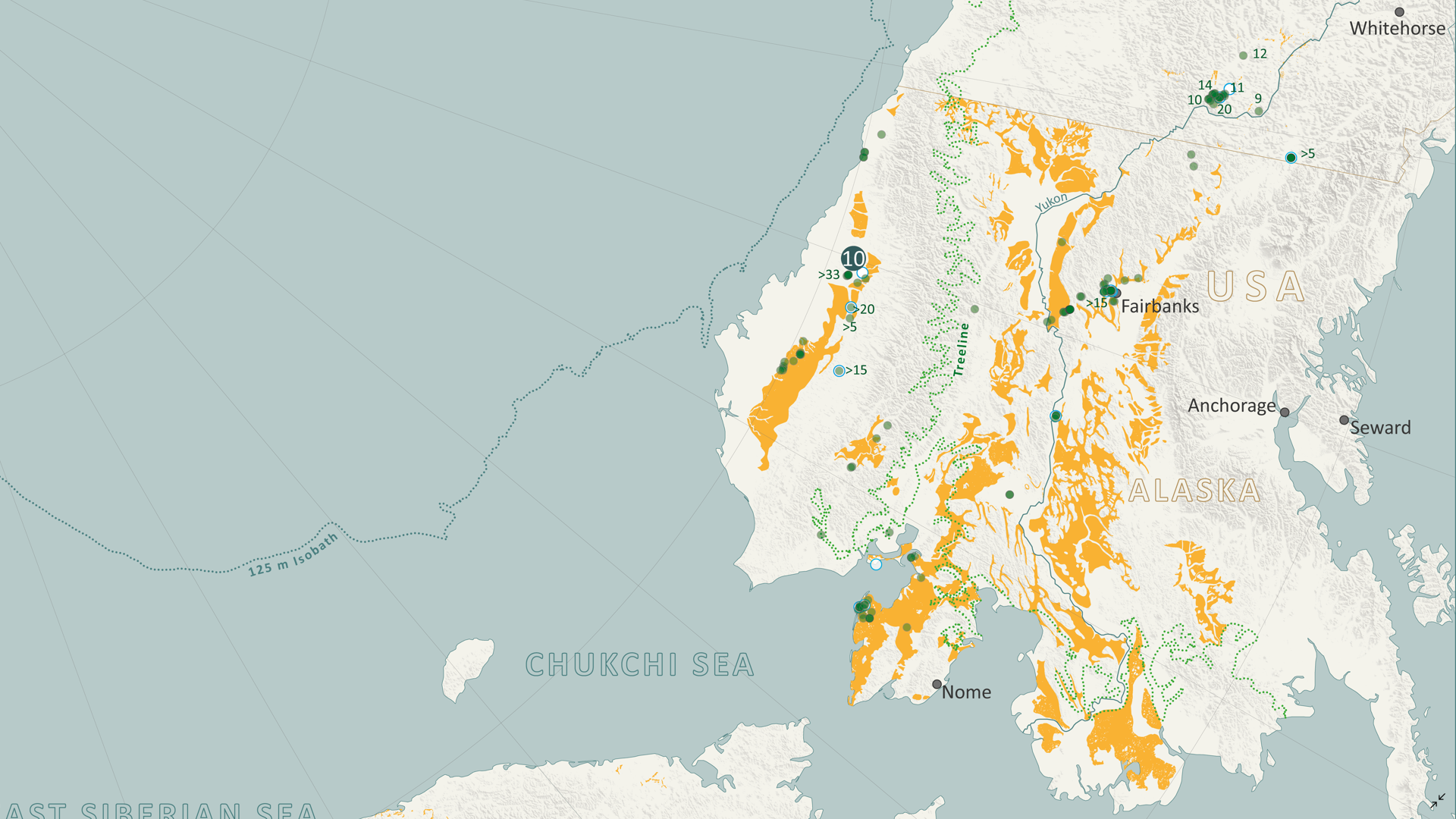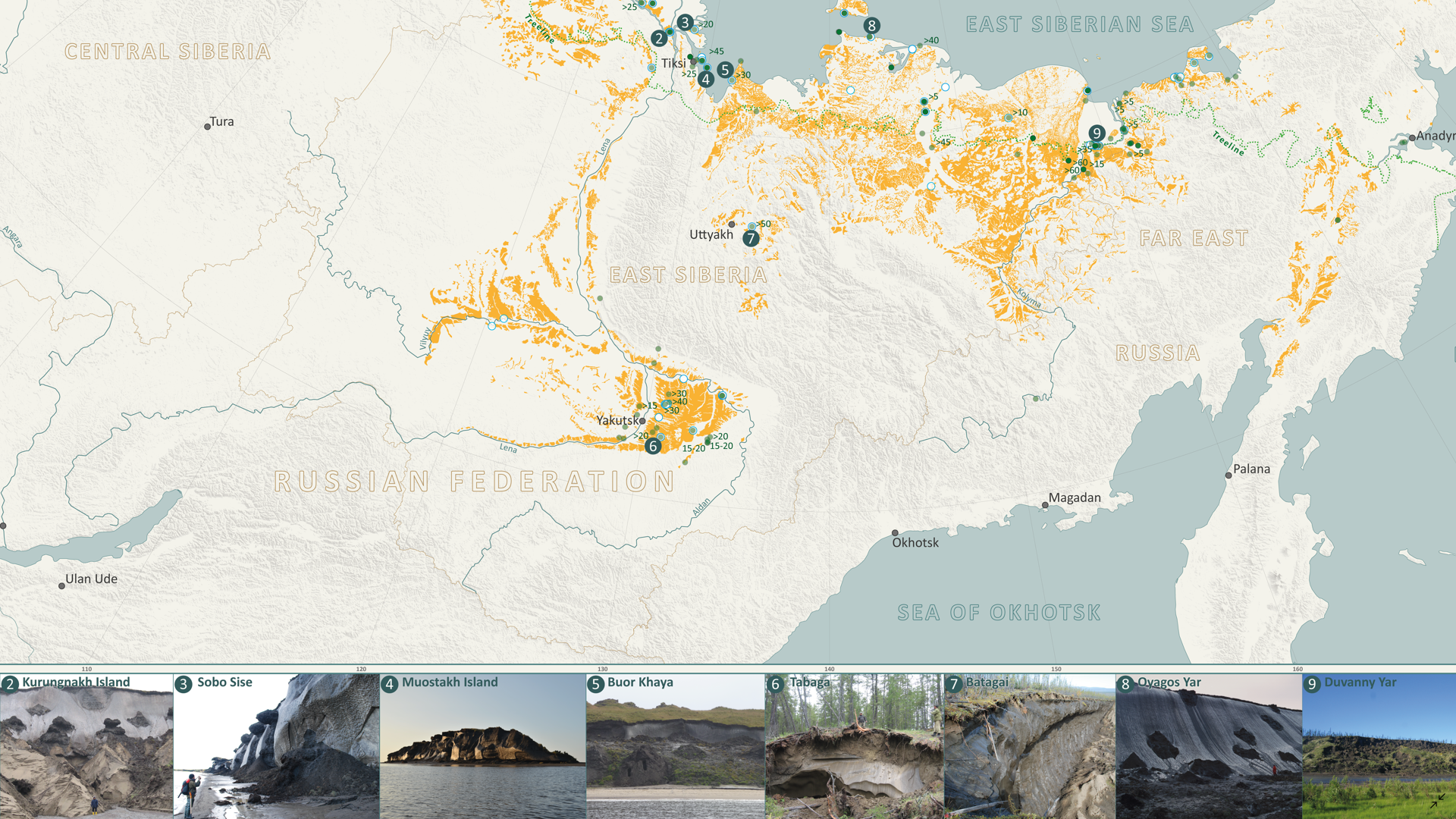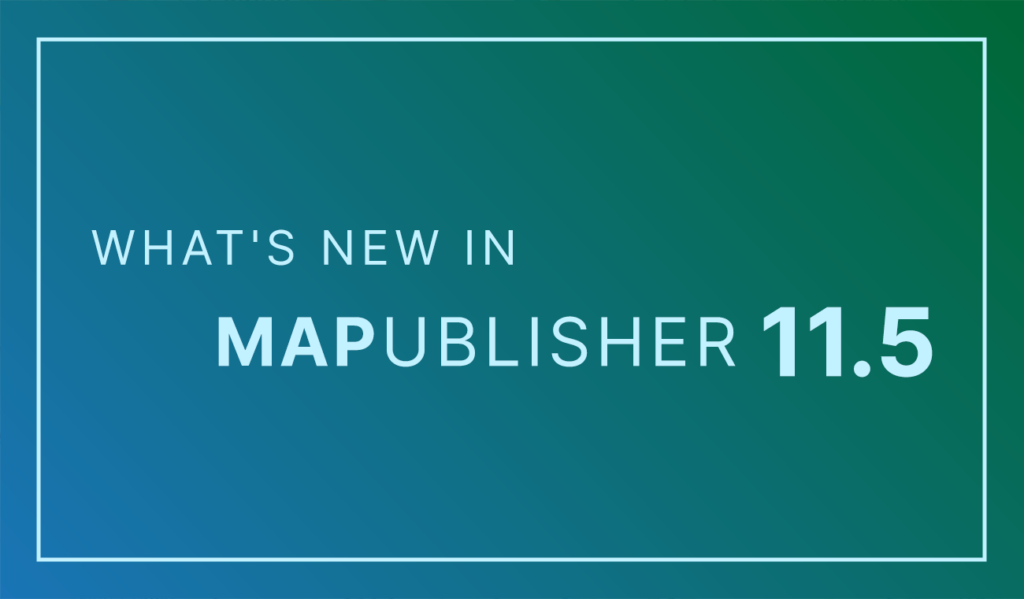Toronto, ON, May 27, 2025 – Avenza Systems Inc., producer of the Avenza Maps app for mobile devices and geospatial extensions for Adobe Creative Cloud, including Geographic Imager for Adobe Photoshop, is pleased to announce the release of MAPublisher version 11.7 for Adobe Illustrator. This version introduces support for database formats to the Manage Data Links tool, compatibility with FME Form 2025, as well as other performance enhancements and bug fixes.
MAPublisher cartography software seamlessly integrates more than seventy GIS mapping tools into Adobe Illustrator to help users create beautiful maps from geospatial data. Import industry-standard GIS data formats and make crisp, clean maps with all attributes and georeferencing intact using the Adobe Illustrator design environment.
New features of MAPublisher 11.7 for Adobe Illustrator include:
- Manage Data Links with database connections: The Manage Data Links tool now supports connections with PostGIS databases and Esri Geodatabases, including some user interface upgrades.
- FME Form 2025 compatibility: MAPublisher now supports the recent FME 2025.0 update when using the FME Auto add-on.
- Additional performance enhancements and bug fixes
To utilize the improvements and enhancements offered in MAPublisher 11.7, users require a valid Adobe Creative Cloud subscription and a compatible operating system. For questions and information on how compatibility requirements may affect your organization, please contact our Support Centre.
MAPublisher 11.7 is immediately available free of charge to all current MAPublisher users with active maintenance and as an upgrade for non-maintenance users starting at US$999. New licenses are available from US$1,749. MAPublisher FME Auto and MAPublisher LabelPro are also available as add-ons starting at US$599. Academic, floating, and volume licenses are also available. Prices include one year of full maintenance. Visit www.avenza.com/mapublisher for more details.
More about Avenza Systems Inc.
Avenza Systems Inc. is an award-winning, privately held corporation that provides cartographers and GIS professionals with powerful software tools to make better maps. Avenza also offers the mobile Avenza Maps app to sell, purchase, distribute, and use maps on iOS and Android devices. For further information contact: 416-487-5116 – info@avenza.com – www.avenza.com
###



